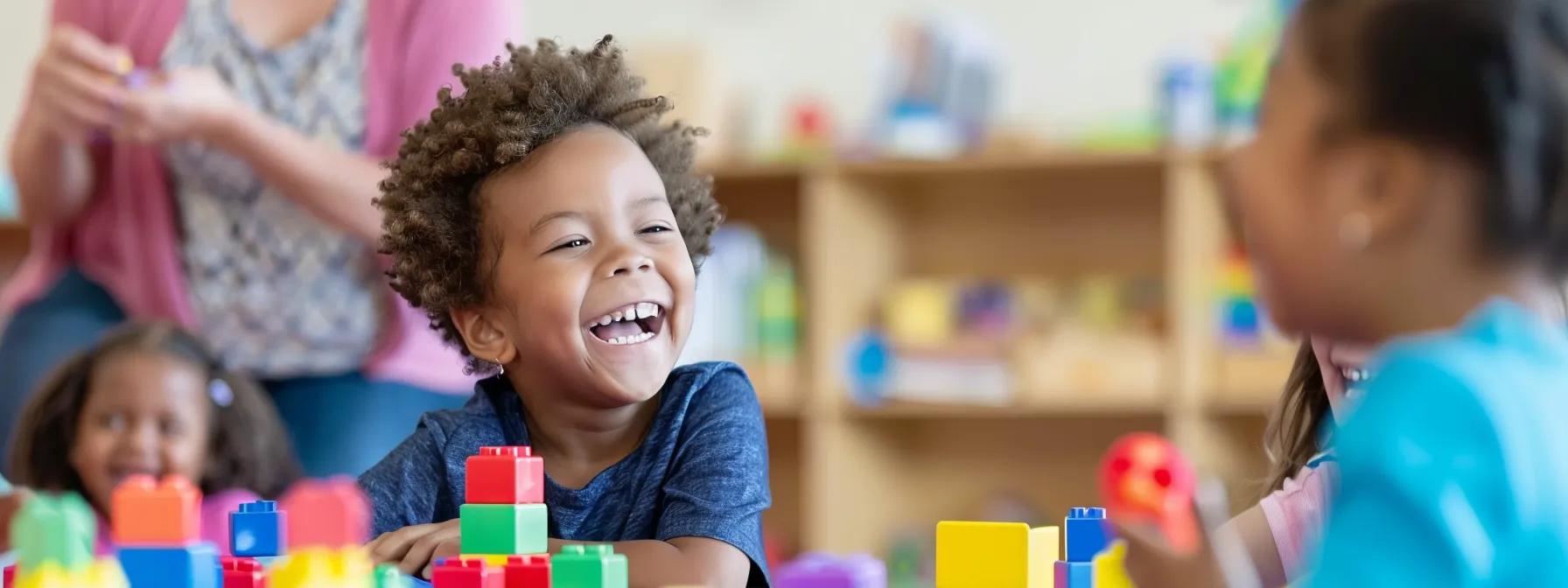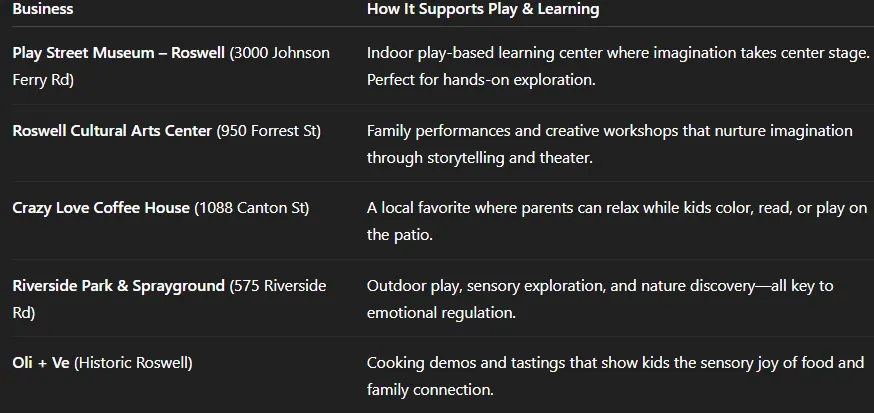
Why Play Is the New Brain Food: The Science Behind Learning Through Joy
Why Play Is the New Brain Food: The Science Behind Learning Through Joy

When children play, it might look like chaos to adults—blocks tumbling, giggles echoing, imaginations running wild. But beneath the laughter, something profound is happening. Play is wiring the brain, building emotional strength, and teaching life skills that no worksheet ever could.
At Chroma Early Learning Academy, we see play not as a break from learning, but as the engine of it. In every game, every pretend story, every muddy adventure, the brain is doing its most important work—learning how to learn.
The Science of Play
Neuroscience now confirms what early childhood educators have known for generations: play literally grows the brain.
Cognitive Development: During open-ended play, neurons form new pathways, strengthening memory, problem-solving, and creativity.
Language Growth: Storytelling, make-believe, and peer interaction expand vocabulary far faster than rote memorization.
Social-Emotional Intelligence: Play teaches empathy, negotiation, and patience—the “soft skills” that predict lifelong success.
Stress Regulation: Unstructured play helps children process emotions, building resilience against anxiety and frustration.
In short, play is a child’s most natural form of research.
From Blocks to Brilliance
At Chroma ELA, we design environments where learning looks—and sounds—like joy.
Block Play Builds Engineers: Stacking and balancing develops early geometry and spatial awareness.
Pretend Play Builds Storytellers: When a child becomes a doctor, astronaut, or superhero, they’re building narrative skills and emotional understanding.
Outdoor Play Builds Scientists: Digging in the dirt, watching bugs, or pouring water between cups teaches cause and effect, experimentation, and patience.
Music & Movement Build Confidence: Singing, dancing, and rhythm games connect motor coordination to memory and self-expression.
Every playful moment is a neural workout disguised as fun.
How Parents Can Support Play at Home
Protect Playtime: Unstructured, device-free play is not wasted time—it’s brain-building time.
Join, Don’t Direct: Instead of giving instructions, join your child’s imagination. “Can I visit your restaurant?” invites connection.
Provide Open-Ended Materials: Blocks, crayons, cardboard boxes—anything that sparks creativity beats screen-based toys.
Encourage Outdoor Discovery: Nature is the world’s best classroom. A park or backyard becomes a lab for observation, motion, and imagination.
Celebrate Process Over Product: Focus on the joy of play, not the outcome (“You worked so hard on that tower!” rather than “That’s a perfect house”).
Local Roswell Businesses That Celebrate Play & Creativity
Our community is full of spots that make learning joyful beyond the classroom:

The Chroma Difference
At Chroma Early Learning Academy, we don’t rush childhood. We honor it. Our classrooms are designed for curiosity, laughter, and connection—because these are the ingredients for lifelong learning. We’re not just preparing children for kindergarten; we’re cultivating creative thinkers, problem solvers, and joyful learners who will thrive in whatever future they build.
Takeaway
Play is not just a childhood pastime—it’s the foundation of intelligence, creativity, and wellbeing. When we protect and nurture play, we’re investing in the next generation of innovators, artists, and compassionate leaders.
At Chroma ELA, play isn’t a pause in learning—it’s where the magic begins.
